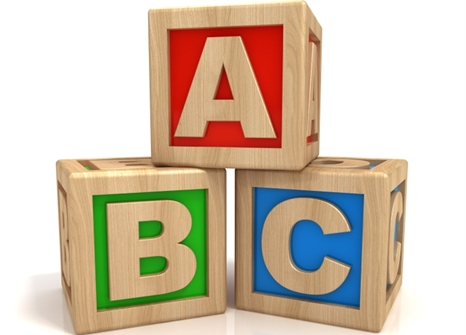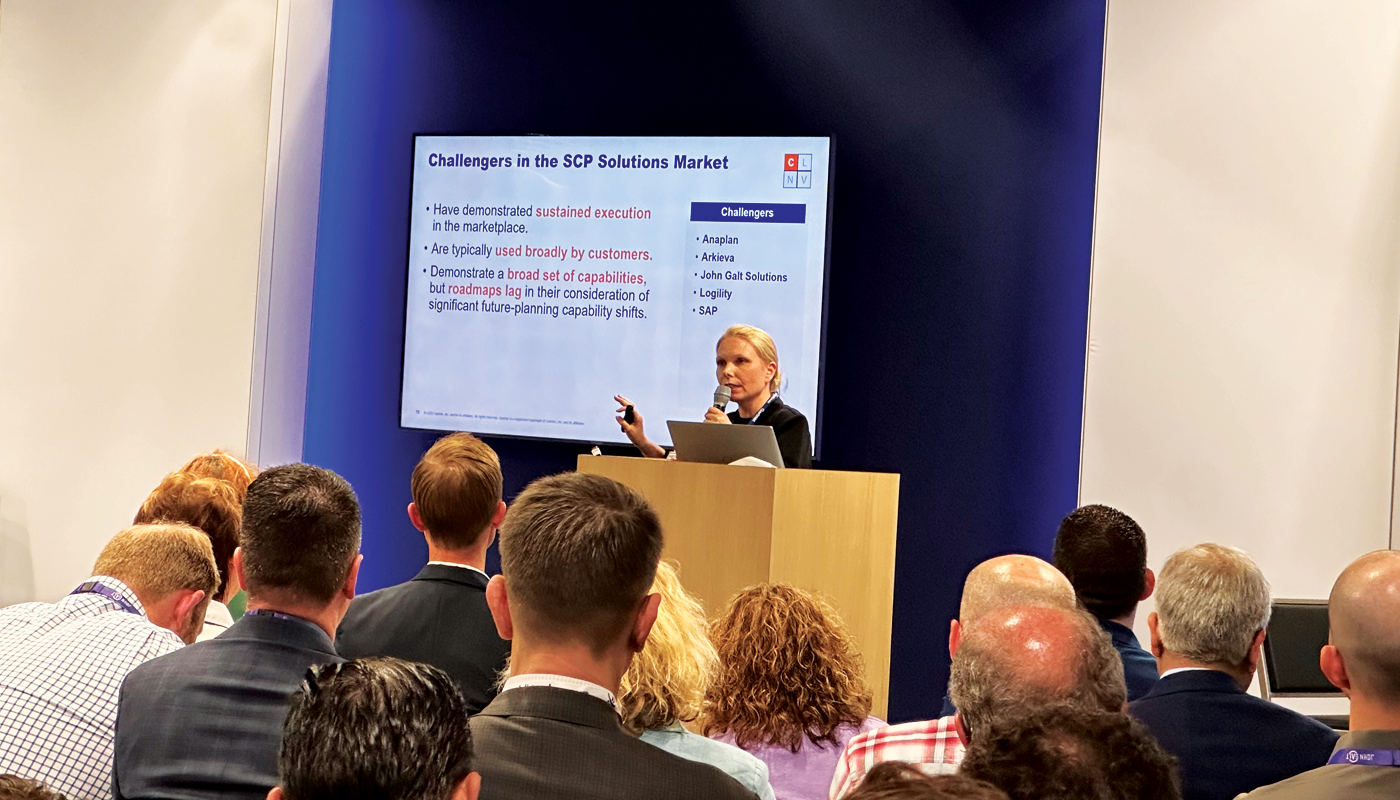This post has been updated to include contributions from others to create a more complete ‘A-Z’ list on supply chain excellence. Keep the comments coming.
I think I first heard about supply chain as a phrase in 1998. At the time I was still in grad school rounding up my degree in a non-related field. My initial guess was that the phrase had something to do with the supply of chains (oops!). Later on, I was informed by some of the fellow graduate students that it had to do with getting the right product to the right place at the right time. I remember my first reaction being that it could not be all that difficult? Over the last 16 years of my working at Arkieva, I have been proven wrong many times.
So, as I sit down to write this blog, I wonder what are some of the things that make supply chains excellent? Unfortunately, there is no magic pill or a silver bullet. Excellent supply chains do a lot of little (and not so little) things right. I am sure there is a lot more to the subject than I know. I am hoping to start off a discussion by laying down the ABCD(s) of an excellent supply chain. I am hoping others will extend the list all the way to Z.
ABCDs of Supply Chain Excellence
In my opinion, good supply chains are:
- Aligned with the business strategy: The supply chain has to be aligned with the overall strategy of the business. While there are multiple approaches to strategy, let us look at the one suggested by Treacy and Wiersema. If, as per their advice, the business is striving to become a leader in operational excellence, product leadership or customer intimacy, then the supply chain strategy needs to align on that. If the business wants to be leading through product leadership, a supply chain that is completely focused on low-cost is not going to lead to an excellent supply chain.
- Adaptable: Business conditions and landscape change all the time. When appropriate, business strategy changes along with these landscape changes. An excellent supply chain needs to, therefore, be ready to deal with these. It needs to be adaptable, and when needed, be prepared to reinvent itself.
- Bridge the Strategy-Plan-Execution Gap: It is relatively easy to have a strategy. Creating an operational plan requires a bit more effort. And it is a tad bit more difficult to execute things. However, to get these aligned, so we are planning to execute, and executing to plan all the while following the general business strategy? Well, that is almost impossible. Very few companies are able to do it. And ones that do can honestly say they have an excellent supply chain.
- Customer Focused: Regardless of whether or not the business strategy is to be customer intimate, an excellent supply chain is always customer focused. The customer is posing their faith in a company because the company helps them meet the needs of their customers (or themselves). As a result, understanding the customer and focusing on their needs is a key requirement of excellence. As Xavier T. put it on LinkedIn, excellent supply chains think right to left (with customers being on the right). They try to understand the behavior of the customer in different segments.
- Cost Effective: Right product at the right place at the right time is not enough; it has to be at the right cost. Excellent supply chains are very good at consistently delivering value in a cost-effective manner. This means they are looking to avoid unnecessary costs and be otherwise cost-effective by effective planning.
- Coordinated: An excellent supply chain is in control of processes needed to manage the products. – Joao O.F.
- Collaborative: Supply chains are complex and getting increasingly more complex. There are usually many players involved with all trying to do what is best as they see fit. For any one person to know and explain all the complications is near impossible. Excellent supply chains always look to mitigate this by incorporating a collaborative approach. They are willing to listen and incorporate ideas from many different participants, both internal and external. As a colleague (Sonja T.) put it on LinkedIn, Communication, cooperation, and understanding is a significant part of a successful Supply Chain.
- Differentiating: There is an old line: He who defends everything defends nothing. This is very true in supply chain. Excellent supply chains implicitly understand that not everything is equally important. So, they focus on separating the really important from the not so important. Their supply chain strategy is aligned with this thought process. They ignore the urge to do too many things and instead focus on their priorities.
- Delivering Value: I have argued elsewhere that Supply chain is no longer a part of the business; it is the business. Just as a business exists to deliver value to the stakeholders, so do the supply chains. It is no longer about delivering great products; you must deliver value. In the case of supply chains, the value delivered could extend to customers, suppliers, employees as well as shareholders.
- Efficient & Effective: Not only excellent supply chains need to deliver the right product, they need to do things in timely and cost-effective manner. Do the right things and do the things right.– Shriyak D.
- Evolving: A supply chain, like a business, is alive only as long as it is constantly changing as conditions change. Today’s “perfect” supply chain won’t be perfect for long unless it is evolving as the business needs evolve.– Jane L.
- Harness value: by adding and cost reduction information from suppliers. The suppliers are always taught the customer is always right, so if you ask for something that’s not smart they won’t tell you that’s not smart, but give you as you have asked and we encourage this behavior by expressly inserting “failure to comply with the specifications may lead to potential disqualification. Solution-make, your suppliers, feel free to tell you when you are asking for a specification which adds costs in the supply chain, encourage that behavior and state that we will pay attention to your ideas and will be used in part of our supplier selection. In response to a specification, request two responses 1. Response for what I have specified 2. Response for a more smarter way (what I should have asked for ) — Shadreck
- (Super) Engaged: What makes an excellent Supply Chain for me, is having a clearly understood route to market, having folk who are clear on their roles and responsibilities in delivering what needs to be delivered, all underpinned by excellent relationships on wanting to work hard and deliver for each other.– Frank M.
- Forecast Accuracy: Understanding your customers’ needs (as mentioned, the right product to the right place at the right time, at the right cost) is critical when developing an accurate forecast. A forecast is ALWAYS wrong (not necessarily, but keeping that in mind keeps you on your toes). A forecast needs to be CONSTANTLY adapting and changing based on the most recent inputs. It is by far one of the most difficult things to manage in a supply chain and is almost always being blamed for the supply chain’s problems.– John M.
- Globalization: With a global economy and business conducting operations on a global scale, the supply chain should consider geography as much as anything else. The supply chain should be constructed around key customer regions all while considering landed cost and logistics. Although Low-Cost Sourcing might look attractive when looking at it through a purchased price perspective, often Best Cost Sourcing consider the value of added logistics, quality, and on-time delivery costs.– John M.
- Solid Foundation: Has a good handle on the master data and the processes.– James M.
- Resilient: Stable and Agile at the same time.– Miguel V.A.
- Revenue Drivers: While not all Supply Chains may have the option, some can use goods produced or purchased and repurpose (sell at auction, etc.). — Sabine
I am hoping you will participate in this thinking and provide your thoughts via the comments section we are getting close to creating a full ‘A-Z’ list.
Like this blog? Please share with colleagues and follow us on LinkedIn or Twitter and we will send you notifications on all future blogs.






